Teacher Portal
Properties of Matter
Investigation 2
Investigation 2
Properties of Matter

Phase 1 – Defined Understanding
Student Guide
Download and Distribute
Access Teacher Guide
Student Guide with answers
Teacher PreLab
Prepare for the Experiment
Phase 2 – Dynamic Understanding
► Investigation Two Summary – Density and Chemical Reactions
In Investigation Two, you calculated the density of six unknown substances then observed these substances undergo a chemical reaction. During this Investigation, you:
1. Calculated the density of six unknown substances using the mass and volume recorded from Investigation 1 using the formula: density = mass/volume.
2. Observed six unknown substances undergo a chemical reaction when placed in iron chloride, acetic acid, or silver nitrate.
► Investigation Two Summary – Learning Goals
Through these experiments, you concluded that:
1. It is not possible to discern the difference between substances that were elements and those that were compounds simply by observing density and chemical reactions. Elements and compounds may share similar properties such as color, texture, density, and chemical reactivity and these similarities can be used as a comparison to more familiar, known elements or compounds.
2. Possible identities of substances can be based on similarities of color and texture to substances that are encountered in everyday life. For example, the solid, cylindrical shape of chalk, the bronze color and luster of copper, or the metallic silver color of aluminum foil. However, without a direct comparison to known substances, a definitive identity cannot be concluded. In addition, properties such as density and chemical reactivity are helpful in the determination of an unknown substance’s identity if compared with substances with known densities and chemical relativities. Physical and chemical properties of an element or compound are distinctive. The greater the number of properties, both physical and chemical, that can be tested or measured, the more likely a scientist is to determine the identity of the substance, especially when those properties can be compared to a list of properties for known substances.
Concept Slides
Launch and Discuss
Mathematics Concepts in This Investigation
• (in)direct relationships
• calculating density in g/cm3
• division
• mass in grams
• volume in mL and cm3
• data table
• data analysis
• comparing (non)measurable characteristic
• comparing values
• estimation
• decimals to the nearest tenth and/or hundredth
• sequential order
• chemical formulas
